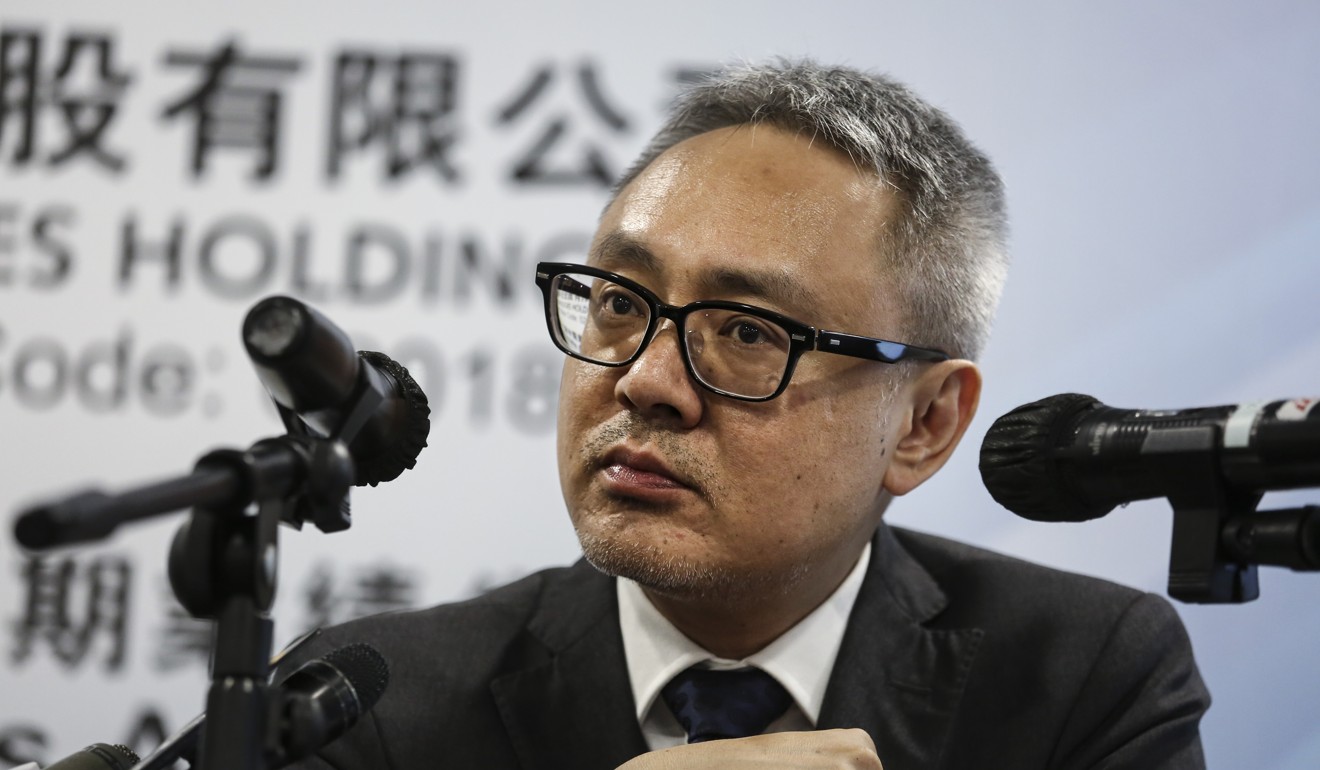
Apple supplier AAC’s shares rise to record high after strong quarterly earnings report
Hong Kong-listed AAC’s solid third-quarter results reflect healthy global industry demand for component upgrades on new smartphone models

AAC Technologies Holdings, a major supplier of miniature electronics components to Apple and large Chinese mobile phone brands, posted solid net profit growth and record revenue in the three months ended September 30, driven by the launch of new flagship smartphones ahead of the busy holiday season.
Shares of AAC rose to an all-time high of HK$177.90 in early afternoon trading in Hong Kong on Friday, following the company’s regulatory announcement at noon. Trading closed at HK$169.40, up 3.9 per cent.
The Shenzhen-based company reported a 24 per cent increase in third-quarter net profit to 1.4 billion yuan (US$211 million) in line with the consensus forecast from a Bloomberg survey of analysts’ estimates.
That was up from 1.1 billion yuan in the same period last year on the back of solid gains recorded by AAC across its acoustic components and non-acoustic business segments.
Its revenue during the quarter rose 47 per cent to a record 4.4 billion yuan, surpassing the total of about 3 billion yuan a year ago, but was below the market consensus estimate of 5.4 billion yuan.
“We attribute the miss to the street not having reflected on weaker-than-expected iPhone 8 and iPhone 8 Plus demand,” said Rex Wu, an equity analyst at global investment bank Jefferies.
Unlike the healthy demand generated by the iPhone X, Apple’s 10th anniversary iPhone model, sales of the iPhone 8 and iPhone 8 Plus ran out of steam on the mainland and other major smartphone markets worldwide about a month after its release in September.
Wu said the positive signals from AAC’s third-quarter financial results included 17 per cent year on year increase in acoustic component sales because of higher average selling price; 29 per cent year on year growth in non-acoustics sales; and higher contribution from other product segments, especially optical lenses.
A constituent stock of the Hang Seng Index, AAC has a client base that includes Apple, Samsung Electronics, LG Electronics and major Chinese smartphone brands such as Huawei Technologies, Xiaomi, Lenovo Group, ZTE, Oppo Electronics and Vivo.
The much-improved net profit and revenue in the third quarter resulted in record high earnings and turnover for AAC in the January to September period.
Its nine-month net profit advanced 42 per cent year on year to 3.5 billion yuan, while revenue climbed 43 per cent to nearly 14 billion yuan.

Its acoustics business accounted for 48 per cent of total sales during that period, while its non-acoustics business made up 47 per cent of total sales.
These acoustic systems include receivers, speakers and microphones, which are used in smartphones, tablets, laptop computers and smartwatches.
AAC’s non-acoustic business includes radio frequency mechanical products that combine antennas with metal casing solutions, as well as proprietary haptics vibrators used in products like the iPhone, iPad and Apple Watch.
Haptics refers to the technology used in mobile phones and smartwatches that enable a user to feel a tactile sensation when interacting with an application.
“The next important growth driver for the company will be optics,” said Mok.
He said the company’s plastic lens products are able to support dual-camera solutions on smartphones and tablets.
Its wafer-level glass lens would be used in iris and face-recognition, 3D sensing and augmented reality applications which are now being rolled out on advanced new smartphones.
Technology research firm IDC last week reported a 2.7 per cent year on year increase in smartphone shipments to 373.1 million units during the third quarter as major brands – led by Samsung, Apple and Huawei Technologies – introduced advanced new models ahead of the busy holiday season.